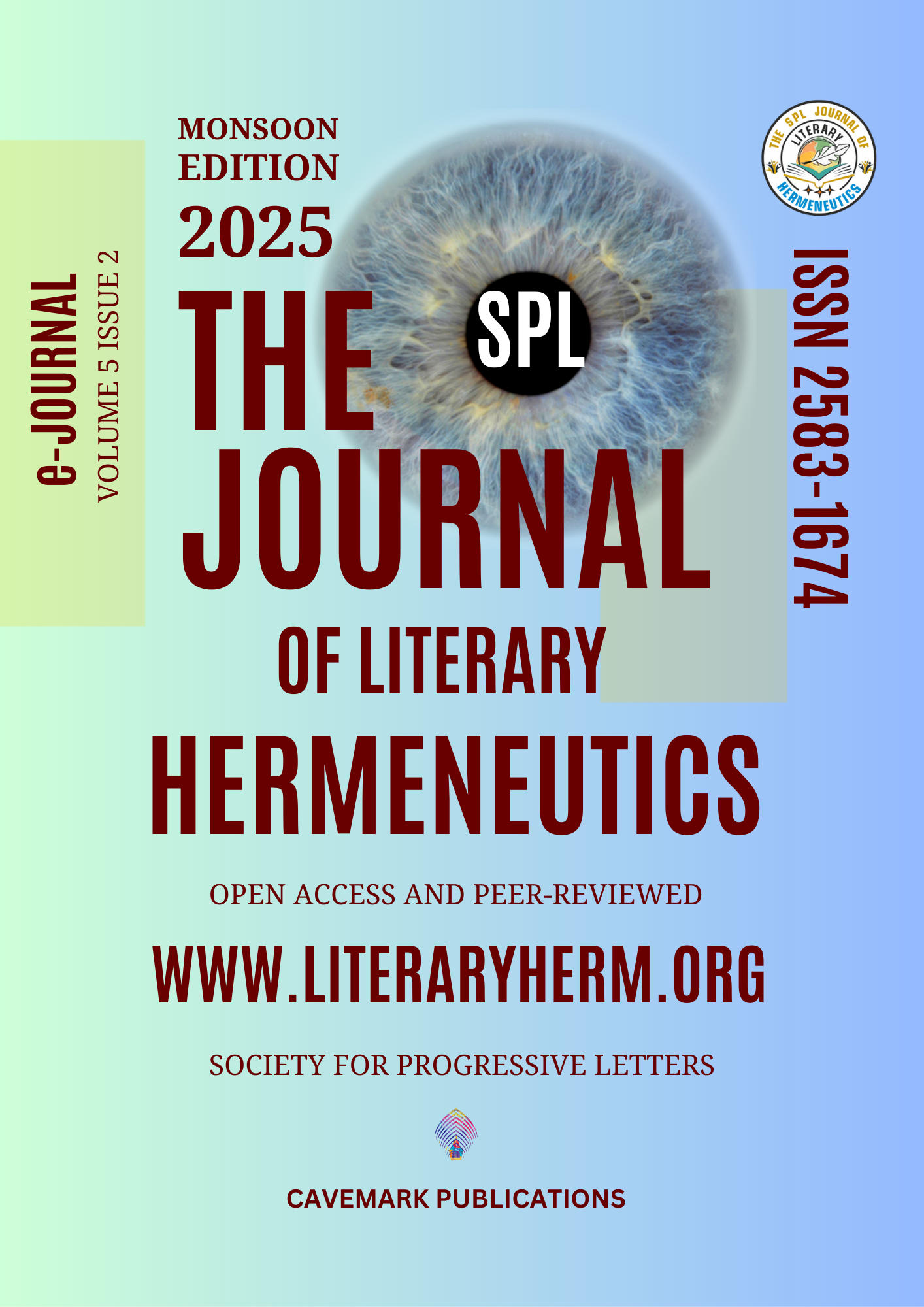Reimagining History: Shashi Tharoor’s Narrative Strategy in The Great Indian Novel
Keywords:
Mythic structure, Postmodernism, Deconstruction, Metafiction, Political historyAbstract
Aims: The study analyzes Shashi Tharoor’s The Great Indian Novel (1989) as a postmodern reinterpretation of Indian political history through the mythic framework of the Mahabharata. It demonstrates how Tharoor blends mythology with modern politics to create a satirical and allegorical narrative that reimagines the nation’s twentieth-century journey.
Methodology and Approaches: The analysis is based on a close reading of the novel with attention to its use of postmodernist techniques such as intertextuality, magic realism, parody, and metafiction. The narrative device of Ved Vyas dictating to Ganapathi is examined as a structural parallel to the Mahabharata. Symbolic episodes and character correspondences are studied to highlight how mythological frameworks are mapped onto contemporary historical figures and events, including the freedom struggle, Partition, and the Emergency.
Outcome: The study finds that The Great Indian Novel serves as a historiographic metafiction, challenging the idea of a single, authoritative historical truth. Tharoor’s playful yet critical approach reconstructs Indian history by weaving together multiple perspectives, humor, and satire. His narrative technique not only reinterprets past events but also underscores the continuous interplay between myth and modernity in Indian cultural consciousness.
Conclusion and Suggestions: The novel exemplifies how myth can be recontextualized to question, critique, and reinterpret history in a postmodern framework. By reimagining India’s past through satire and allegory, Tharoor makes history accessible, engaging, and thought-provoking. The study suggests further exploration of how contemporary Indian writers employ myth to address political and cultural complexities, thereby keeping ancient epics relevant in modern discourse.
Downloads
Published
How to Cite
Issue
Section
Copyright (c) 2025 Ankit Kharb

This work is licensed under a Creative Commons Attribution-NonCommercial 4.0 International License.













